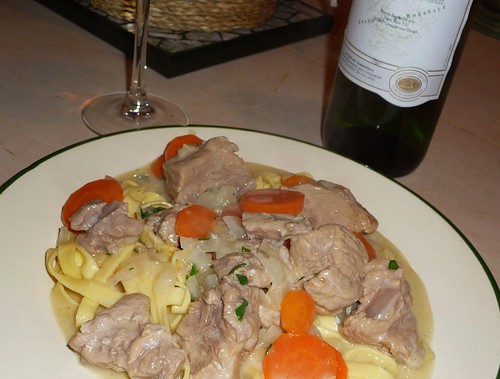I never really grew up eating much mac and cheese as a child. Not from the box, and my mother never made it. I went through something of an obsession with the mac and cheese at
Noodles & Company during college, Noodles being part of that phenomenon of mid-level fast-ish food restaurant chains so popular in suburbia and nowhere to be found in NYC (I don't think).
I've been planning on this particular mac and cheese since Easter, back when I had a bag full of leftover ham. Leftover ham meant to go into this mac and cheese. But I put it off, and put it off, and we snacked on the ham, sneaking bits out of the bag furtively every day until it was gone. And the mac and cheese never made. So I have to admit to you right now, that I've committed quite a sin by leaving out a titular ingredient. I left the ham out of what was supposed to be a Mac and Ham and Cheese, from a book actually called Ham. I wouldn't even post about it except that it was still incredible. I didn't even miss the ham, although I don't doubt for a moment that it would have been a beautiful addition. But with artichoke hearts, mustard, mango chutney and two cheeses, it was hard to really miss anything. All I can say is that if you leave out one of the three main ingredients, and the result is still pretty sublime, well, you're going to want to make this one, that's all.
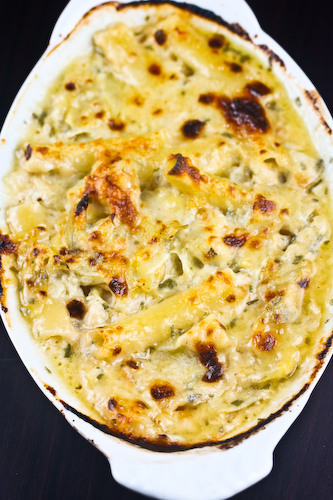
You can bake it up in a nice large casserole, that would be the easiest and most cook-friendly way to go. But, and this is the only time I'll ever reference a math concept, I prefer a high crunchy, burnt cheese to ooey-gooey cream ratio. I want lots of crusty bits on the sides of the pan, and lots of crusty bits all over the top. So I baked it in little individual casserole dishes which finished off for about 2 minutes under the broiler. We're pretty serious about our burnt cheese around here.
Mac and Cheese where there should have been HamAdopted from Ham: An Obsession with The Hindquarter
4 tablespoons or 1/2 stick unsalted butter
1/4 cup all-purpose flour
4 cups milk - I used 2% and you can use anything but skim
12 ounces Gruyère cheese (uumm, Gruyère)
1 pound smoked, wet-cure ham, chopped. It's okay if you inadvertently leave this out. It will still be delicious (but I'm sure the mustard in the recipe plays really well with the ham)
One 15 oz can of artichoke hearts, drained and kind of squeezed with your hands to get out some of the extra liquid
1 tablespoon Dijon mustard
1 tablespoon mango chutney
1 1/2 teaspoon minced dried tarragon (or a tablespoon if you can find it fresh)
12 ounced dried ziti, cooked for about 5 minutes and then drained. Don't cook it for the full time specificed on the package, because they're also going to be baked
1 ounced grated Parmigiano-Reggiano cheese, for sprinkling on the top
Oven preheated to 350F, with a wrack in the center.
Make a roux by melting the butter in a large pot over medium heat, then whisk in the flour. Whisk every once in a while until the mixture is off-white, about 2 minutes.
Whisk in the milk and continue to whisk until the milk starts to thicken slightly. My stupid burner turned off (because I have a crappy rental kitchen) and I didn't notice, so I think I ended up whisking for about 10 minutes in total once I realized and turned it back on. But you should be fine with around 5 minutes.
Using a wooden spoon, stir in the rest of the ingredients except the Parmigiano-Reggiano cheese and the pasta. Remove the pan from the heat and add in the ziti.
Pour the mixture into either a large casserole dish or individual gratin dishes or a large, shallow pyrex dish, or a combination of the three. Sprinkle the Parmigiano-Reggiano over the top. Bake for about 35 minutes if it's in a large casserole of pyrex, and for about 20 minutes if it's in smaller dishes. If you're as crazy about burnt cheese as we are, heat up the broiler and give it about 2 minutes in the broiler, but watch it closely so that it doesn't go from "uuumm, burnt cheese" to "this cheese is no longer edible."
 I didn't even get around to writing CQ HQ for April, but I have really enjoyed writing my CQ posts lately, after February's period of soul-searching and doubt.
I didn't even get around to writing CQ HQ for April, but I have really enjoyed writing my CQ posts lately, after February's period of soul-searching and doubt.









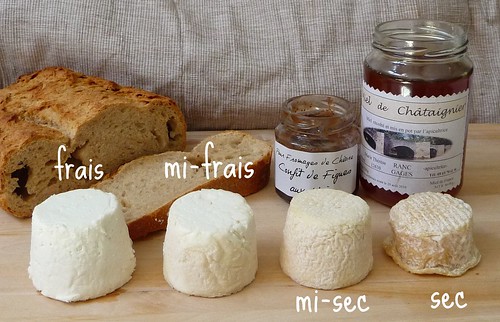
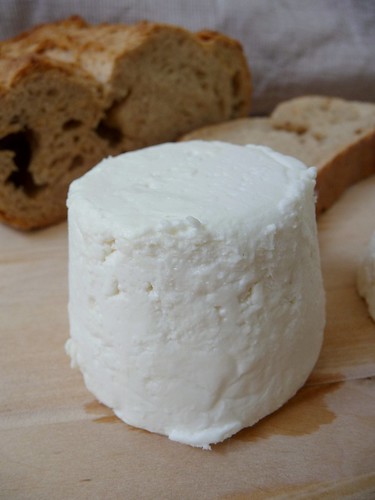


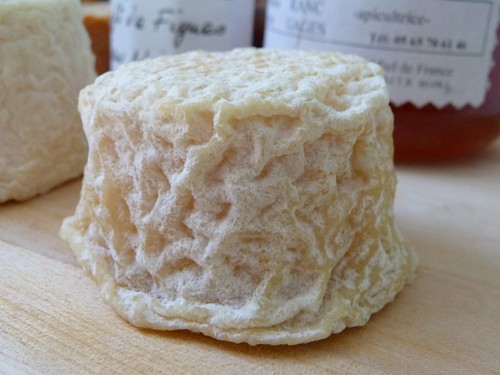










 I have been going to the gorgeous beach I see from my living room window (so tempting!),
I have been going to the gorgeous beach I see from my living room window (so tempting!),  I have been strolling along Ocean avenue under the Los Angeles tall tall palm trees ... and not doing much cooking,
I have been strolling along Ocean avenue under the Los Angeles tall tall palm trees ... and not doing much cooking,  though I have been to the Santa Monica market at least once a week, mostly getting fruit and ingredients for salads.
though I have been to the Santa Monica market at least once a week, mostly getting fruit and ingredients for salads. PIPERADE BASQUE
PIPERADE BASQUE 

 Yesterday I made a Leek Gratin: easy and delicious!
Yesterday I made a Leek Gratin: easy and delicious!













